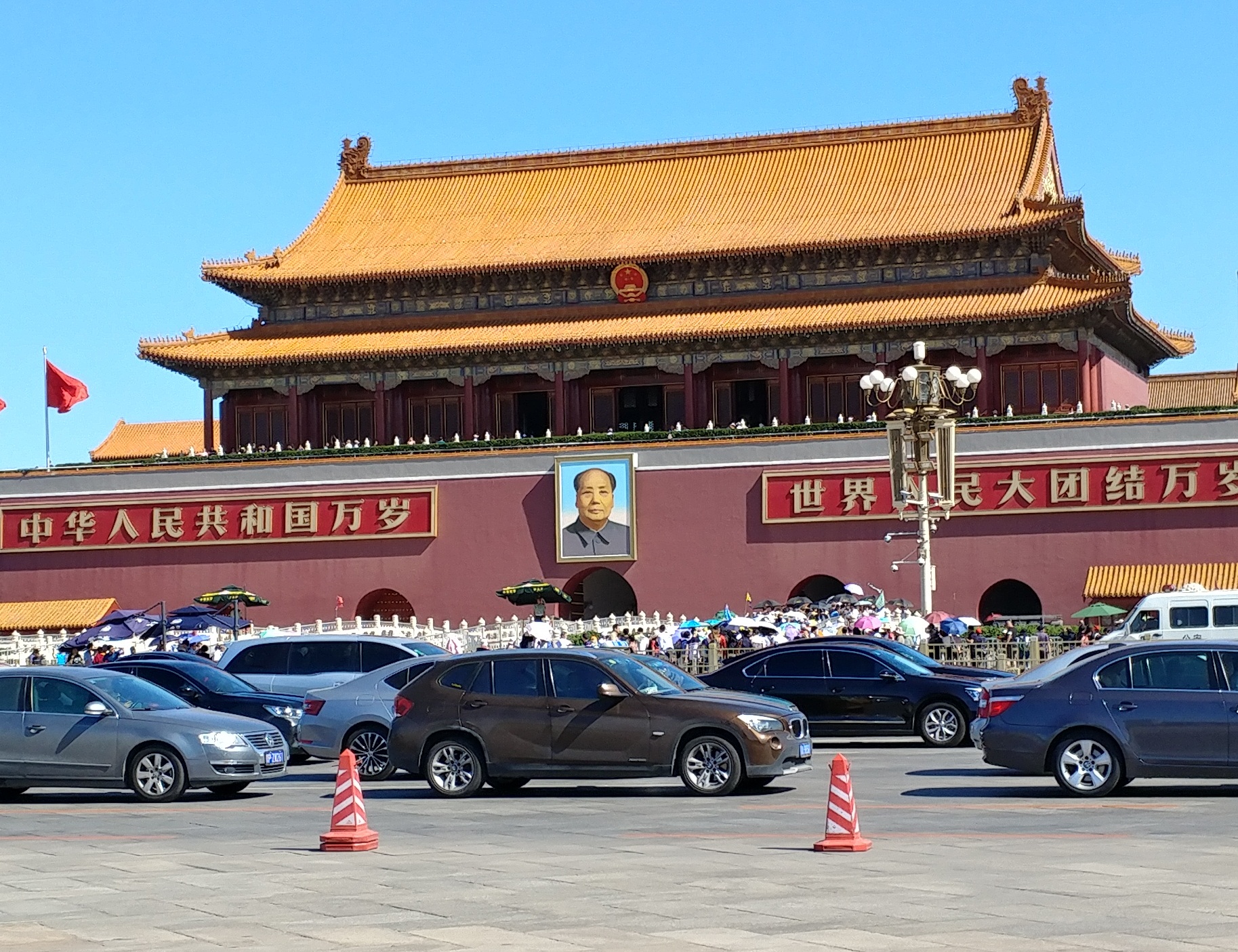The American trade row with China’s in the news again, and this time, President Donald Trump has hinted he wants to slap tariffs on every imported product, moving up to $505 billion from the existing $34 billion in tariffed goods.
Whether you want to visit Beijing to stick it to Trump, to take advantage of the sudden falling Yuan currency, or to explore the rich culture and history, you’d be among four million overseas tourists each year. Of China’s 1.4 billion people, Beijing is home to 22 million – roughly equivalent to the population of Quebec and Ontario combined.
China’s capital gained more prominence on the international stage during its 2008 Summer Olympics and will host the 2022 Winter Olympics – the first country to host the two events.
If all you had was a few days to “do” Beijing, here are some suggestions:
What to do?
Start with a quick overview of Tiananmen Square, the site made infamous for the 1989 protests. Not much to see other than several acres of empty space, but it’s right next to the visually stunning Palace Museum (also known as Forbidden City).
These were the emperor residences from 1420 to 1912, and up until about a hundred years ago, forbidden for commoners to enter. Today, the tourist throngs bob in an out of the complex, measuring almost a kilometre from north to south, and about 750 metres from east to west. All told, the buildings – designed with the iconic right-angle rooftops – are home to some 900 rooms. A handful of halls and palaces are open to the public, offering glimpses of golden thrones, ornate statues, as well as detailed antiques and antiquities.
About forty minutes’ drive away is the Summer Palace, built as a mid-year home for the Royals for when the Forbidden City became too hot to live in. As much a public park as a palatial property, the walk-in rooms feature the vibrant and detailed three-century old Chinese artwork brimming on ceilings, pillars and doors.
If you enjoyed the feel of Summer Palace, then indulge in a self-guided walking tour of Beihai Park. Take in a lakefront stroll, and explore pavilions in every direction, each adorned inside and out with elaborately painted imagery worthy of museum exhibition.
Also, a treat is the meticulously curated gardens, bridges, stone monuments and life-size carvings of various animals, scattered throughout.
What would a trip to the region be without seeing the Great Wall of China? Nearest Beijing is the Badaling section. Built atop winding hilltops, the 18-foot high wall stretches 21 million metres, built to keep out marauders. Beware, it’s steep, and requires intense leg muscle. There is a cable car, however, which can save the bulk of time and energy.
(Note: passports are required to enter various sites, including Beihai Park, Forbidden City and Summer Palace.)
A must-do is seeing the Hutongs, the narrow alleys bordered by courtyard residences, a fantastic way to soak in Beijing street life. Charming are the juice and milkshakes stands, tchotchke shops and endless stream of rickshaws. (Be prepared to shell out up to $90 for two people, for an hour)
Where to shop?
Where East meets West is Wangfujing Walk Street – a pedestrian mall– that combines American brands (Olay, Victoria Secret, etc) with local wares and artisan crafts, including calligraphers and portrait drawings.
For the food adventurer, gorge on deep-fried live scorpion kebabs, or cockroaches on a stick. (Or simply enjoy sno-cones and exotic fruit smoothies.)
As China is known for its elaborate jade handiwork, Dragon Land Superior Jade Gallery houses a storehouse of inventory. Whether it’s earrings, jewelry, figurines (etc), there’s something for every souvenir hunter. Check out the on-site live demonstrations of jade-works in progress.
Transportation
Beijing’s subway is easily navigable (and bi-lingual), with signs denoting nearby landmarks. Typical cost for a subway ride is 3RMB (or about 80 cents).
Cabs are cheap – about 13RMB ($3) per five minute ride. As a matter of course, there’ll be the odd cabbie who’ll “round up” the cost to the nearest five or ten RMB and call it a “tip.” Helpful: most cabbies don’t know English, so have your destination either written out in Chinese characters, or a cell phone screen-grab.
Where to eat/drink?
Roast duck is Beijing’s famous culinary attraction, so ubiquitous that even the jade gallery serves it. There’s no shortage of restaurant life:
Meanwhile, the Millennial-targeted Sanlitun Soho area features Youth Club, where evenings are filled with live entertainment such as karaoke, or amateur musicians. Meat dishes are delivered still-sizzling, while beer can be ordered by the mini-keg, placed at the centre of your table.
Across the road is First Floor, for doses of Western fare as grilled salmon, rib-eye steak, and stir-fry noodles hit with Chinese spicy flair.
At 1.4km long, Ghost Street is said to have in excess of 150 dining establishments, ranging from gaudy, chic, family-friendly, and pretentious. Tending to be more high-end, Gongrentiyuchang Beilu Street is where you can find Baron Rozi Restaurant Xinjiang Cuisine, famous for its lamb and noodles. Around the corner is Crayfish Master – one of Beijing’s most well-known crayfish restaurants – a hipster joint with supersize-screen televisions, open until 4:30 am.
Of course, what would China be without tea: before you go, pop by Ao-Lin Tea House for a tasting of its local ginseng oolong tea, jasmine tea, litchi black tea and Puer Tea. The latter, aged black tea that comes in concentrated olive-sized balls, can be stepped up to five times.
If all you had were a few days in Beijing, this would be a great launch point.


